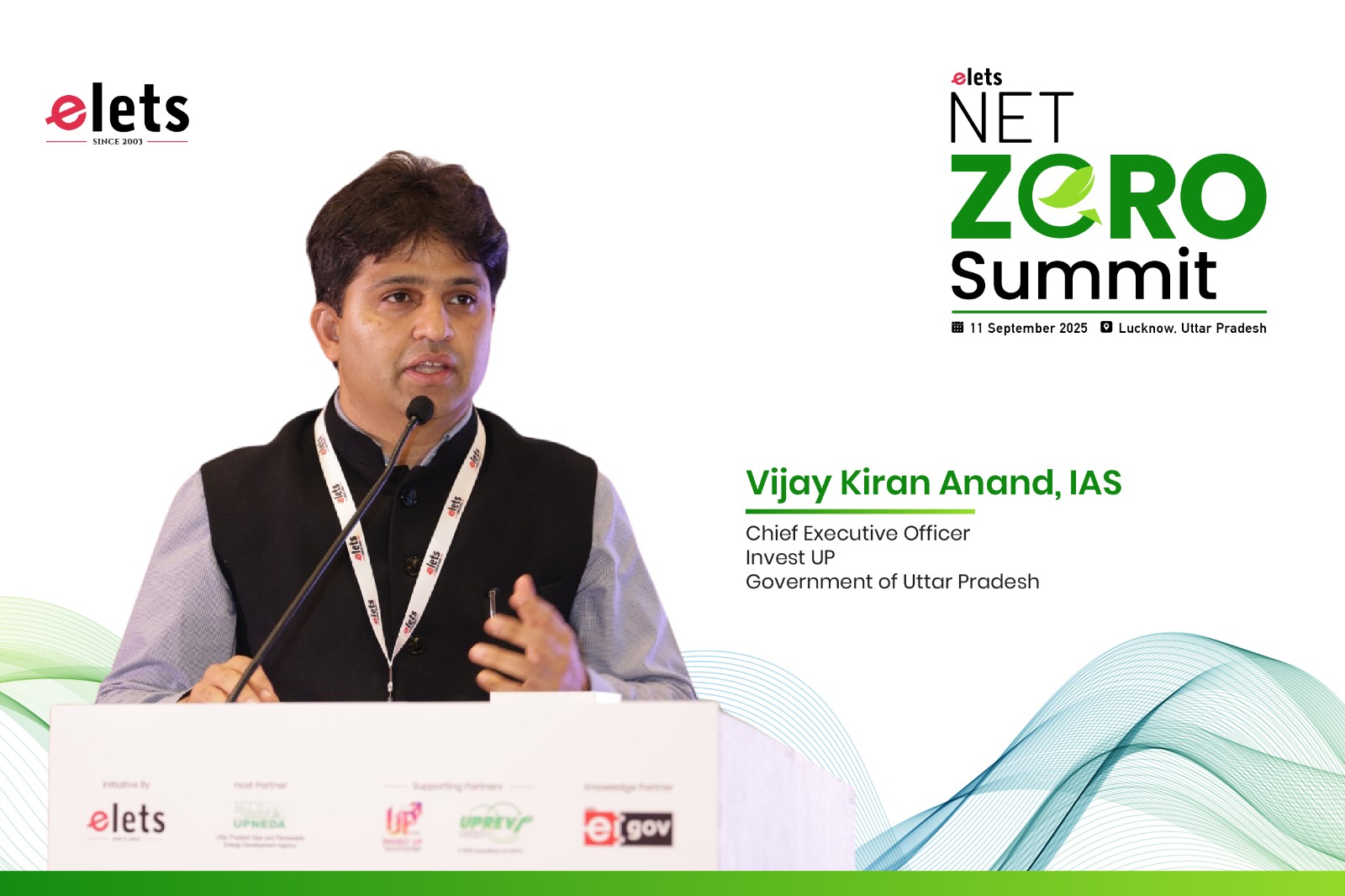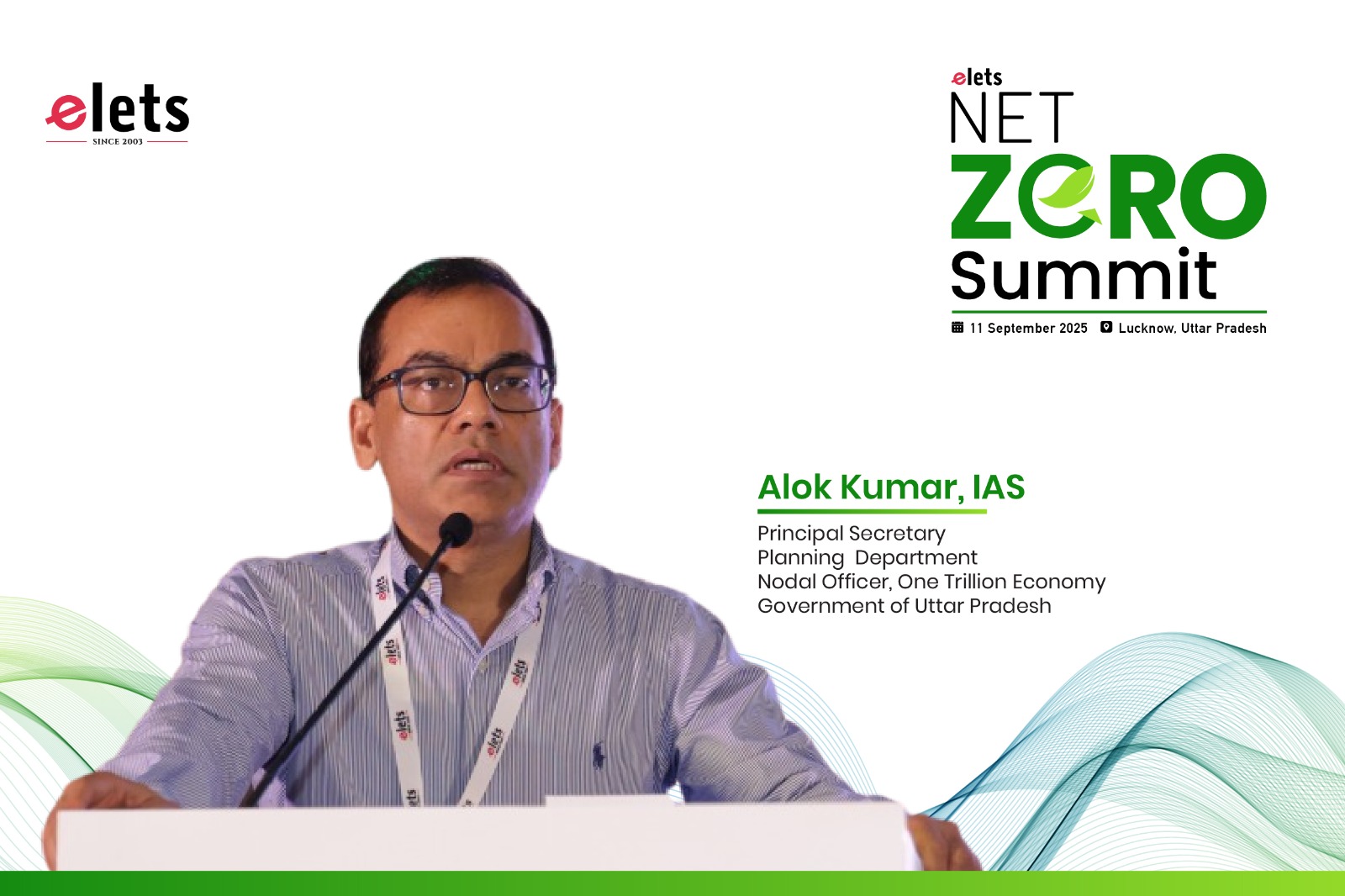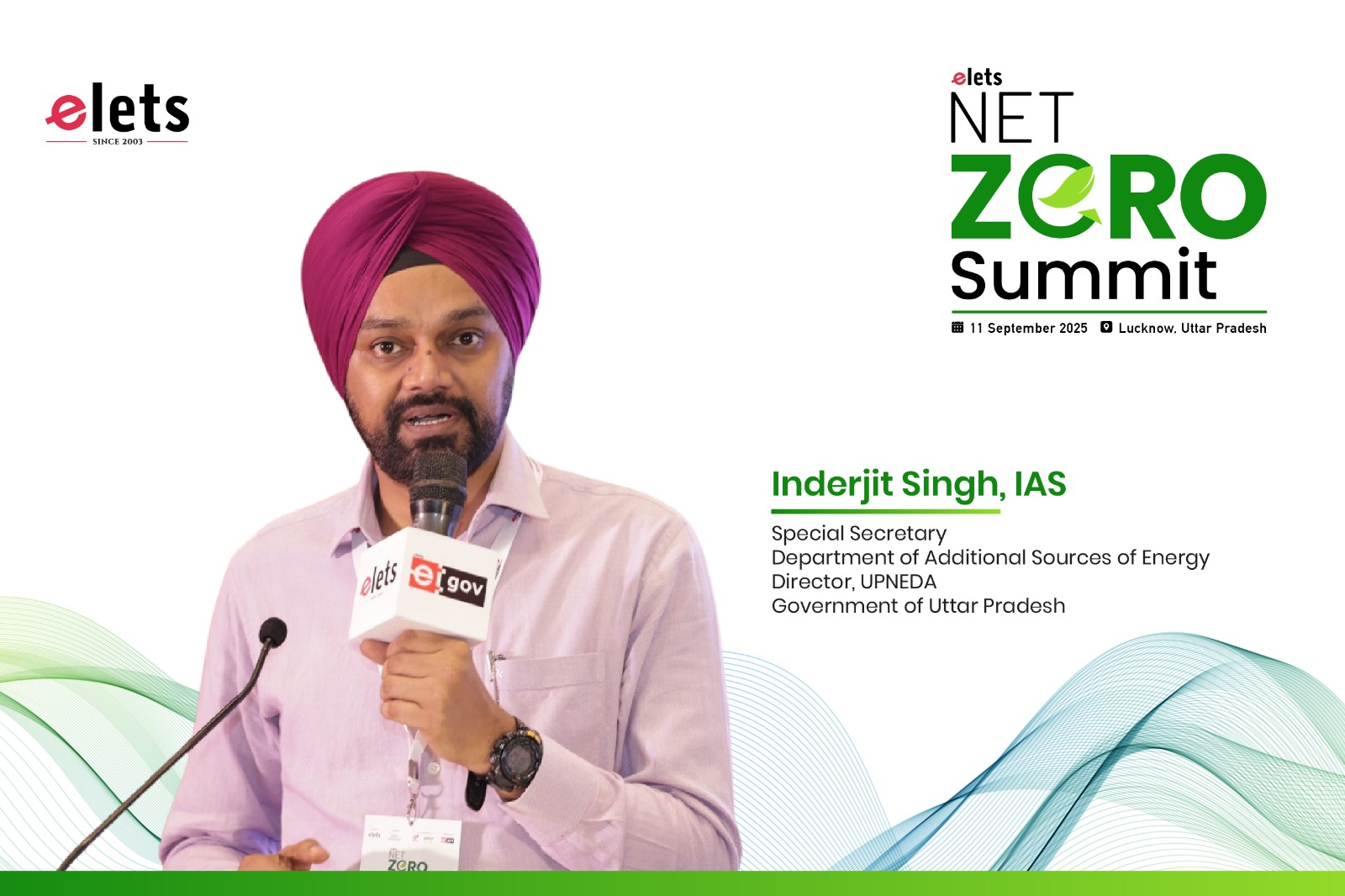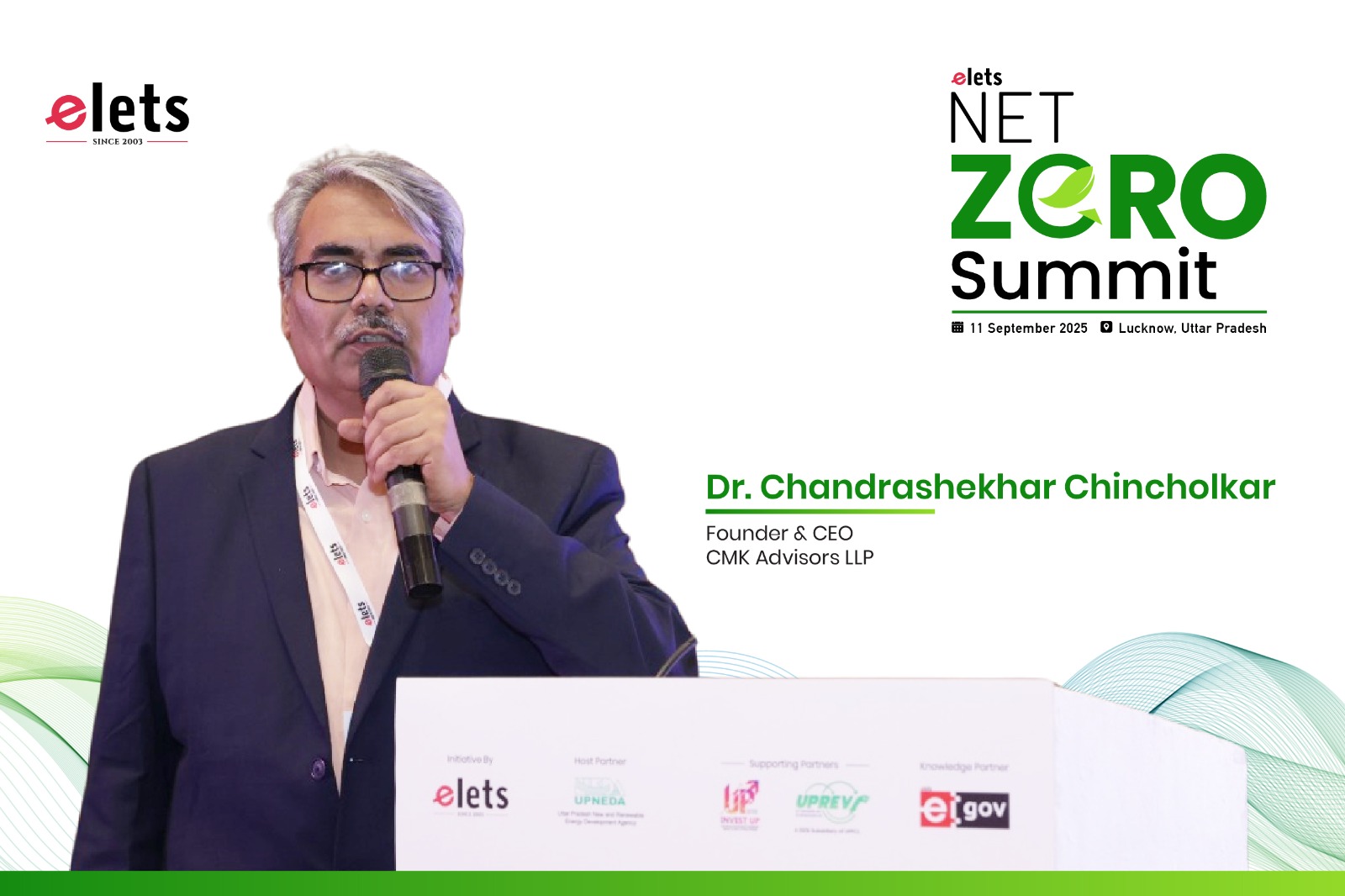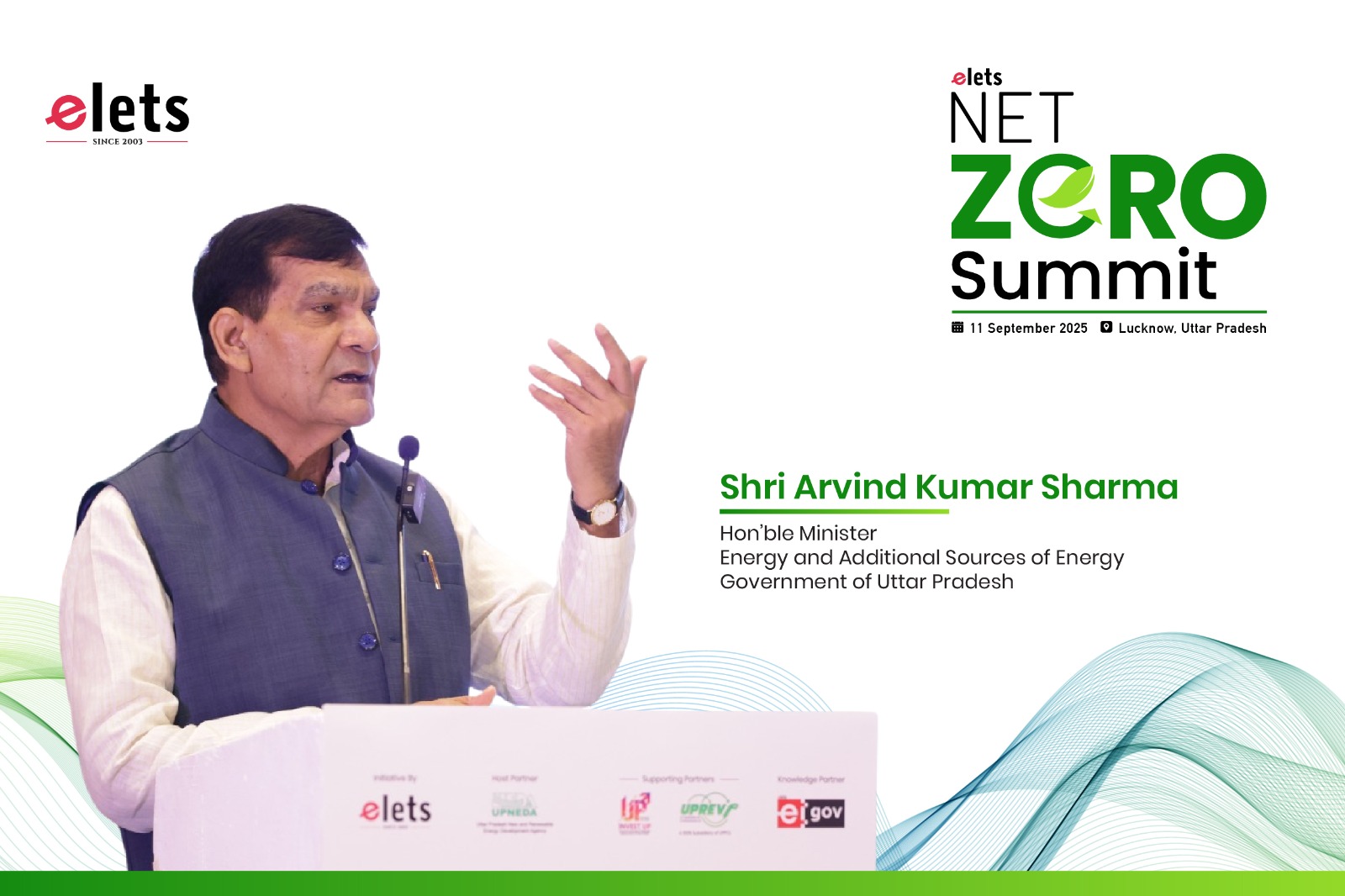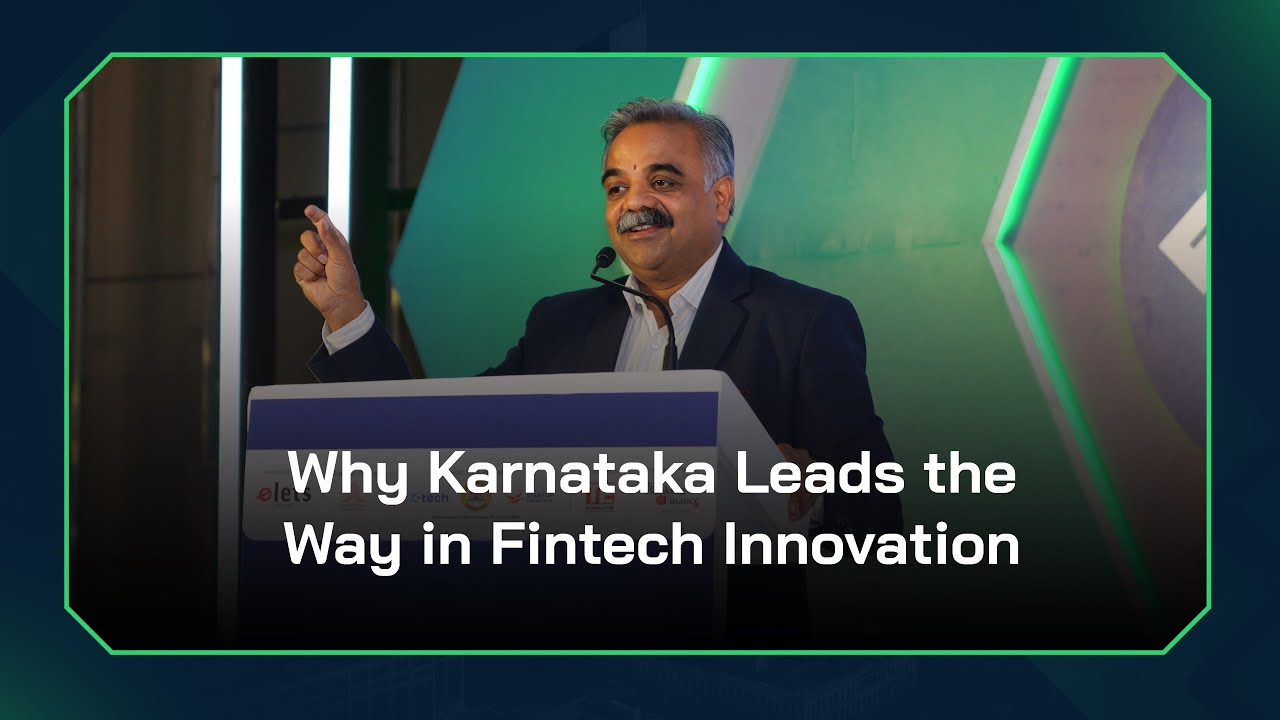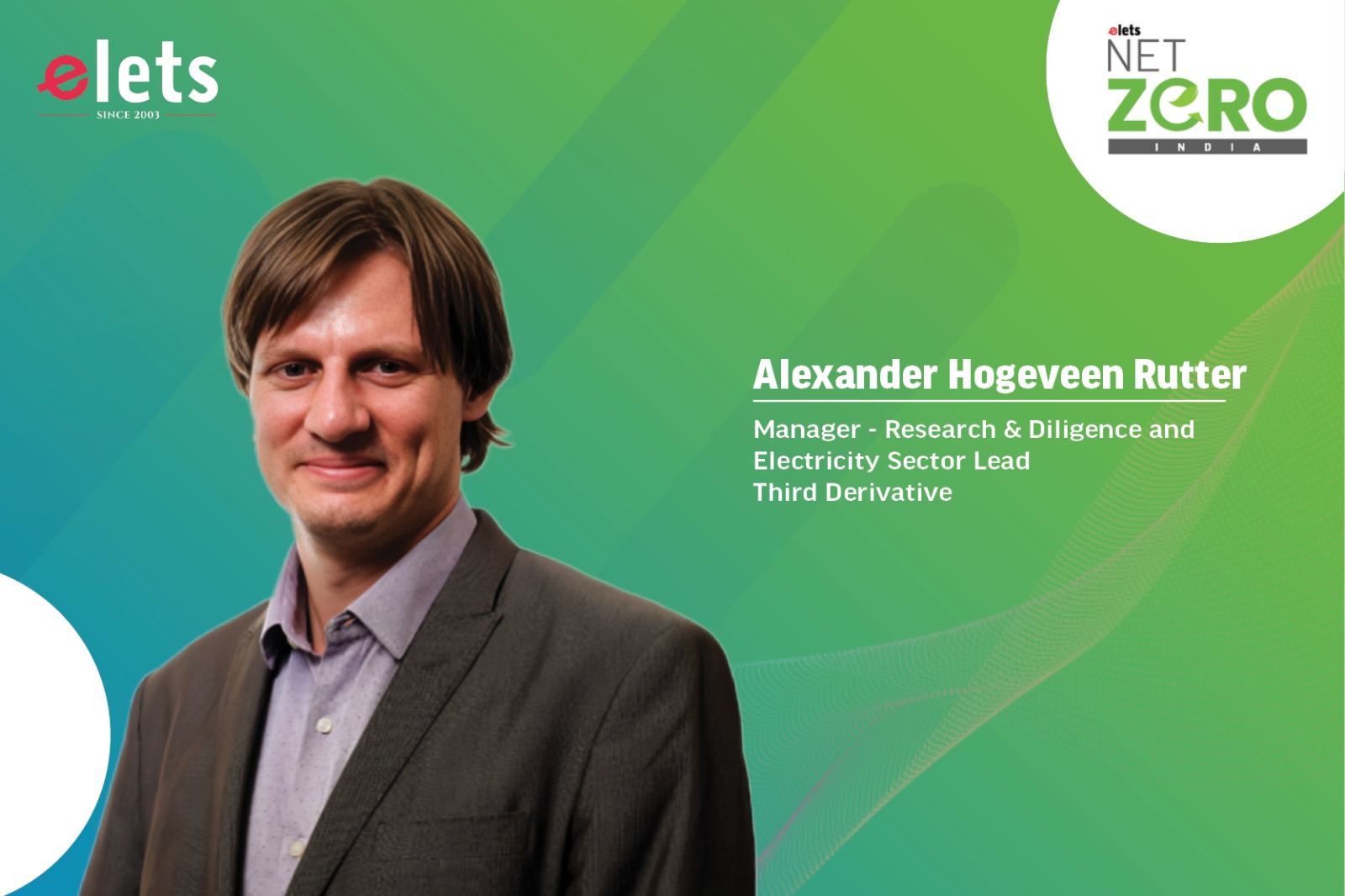
For emerging and developed countries alike, firm, reliable and affordable power is crucial to power economic growth and development. Traditionally, firm power has come from resources such as coal, natural gas, hydroelectricity and nuclear.
Today, a significant portion of new energy generation comes from wind and solar power. In the context of India, a recent CEEW study estimated India’s solar potential at 20,270 GW, onshore wind at 1,790 GW and offshore wind at 2,435 GW. This translates to approximately 56,000 TWh/year of potential— more than 30 times India’s current electricity demand.
However, wind and solar are intermittent. To provide firm capacity, energy storage is required to shift the energy to where it is needed, compensate for periods of low wind and solar and provide grid services such as balancing, frequency response and synthetic inertia. Combining capacity resources like energy storage with energy-only sources such as wind and solar can provide firm, reliable power—often with higher availability rates than traditional generators. In 2024, BESS (Battery Energy Storage systems) was the largest source of firm capacity globally.
The India Context
In the past two years, India has seen a flurry of tenders for both standalone storage, as well as “Firm Dispatchable Renewable Energy” which combines wind and solar with storage to provide a firm power profile, typically at availability levels comparable to or higher than conventional generation. As RMI has written, there has been a 65% drop in prices in just the last two years for standalone storage. This means that two-hour storage now costs less than 45 Lakh/MW-year, while six-hour pumped hydro (PSP) is at 77 Lakh/MW-year— substantially lower than the cost of new thermal capacity (~200-250 Lakh/MW-year).
The cost advantage of combining renewables + storage is further reinforced with “Firm Dispatchable Renewable Energy” (FDRE) tenders at Rs 4.25/kWh, well below the cost of new thermal (Rs. 5.5-6.5/kWh), even without VGF.
In the case of Delhi, for example, DISCOMs could save ~600 Crore/year by adopting energy storage (with further savings possible with measures such as demand response for ACs and load shifting of E-Bus charging).
At current wind and solar penetration levels, 2-4 hours of storage is sufficient to provide firm power. Solar and wind currently provide about 10% of India’s current electricity requirement, which means India is currently at “Phase 2” of both the IEA Renewable Integration Framework and the NREL Stages of Storage Deployment. In both frameworks, these moderate levels of Variable Renewable Energy (VRE) penetration suggest the immediate need is 2 to 6 hours of
“peaking” storage to meet demand, which is reflected in the
number of tenders for two to six-hour storage.
Long Duration Energy Storage
That said, to achieve a 100% Renewable Energy grid, Long Duration Energy Storage (LDES) will be required. This is why it is so crucial to support and invest in pilots and technology development today to prepare the energy storage of the future.
One promising area is alternative battery chemistries, such as those using more abundant cathodes including sodium, iron and zinc. For example, Third Derivative Portfolio company, OffGrid Energy Labs (based in India) has developed a ZincGel battery that has good enough energy density for stationary applications, comparable round-trip efficiency and, at scale, can potentially be far cheaper than LIBs, enabling much longer durations. Another promising technology is sodium solid-state batteries, such as those developed by portfolio company Adena Power. These batteries are safer, reduce energy security risks, and could be significantly cheaper.
Another class of LDES we are excited about is Flow batteries. Redox Flow Batteries are already commonly used worldwide, but the current high cost of Vanadium limits their economic scalability. However, portfolio companies like Flux XII, XL Batteries, Otoro Energy and Allegro Energy are all developing organic Redox Flow Batteries and/or organic additives to make existing RFBs safer, cheaper and more widely available.
Also Read :- Cambi group’s vision for India’s sustainable energy future
Mechanical LDES is another promising area, with portfolio company Energy Dome setting up a pilot 160 MWh installation with NTPC within India itself. Compressed air has been around for decades, but their approach of using carbon dioxide as the working fuel improves efficiency and lowers cost. Another portfolio company, Renewell Energy is repurposing spent oil wells to use as gravitational shafts for gravity storage, which could also be applied in used mines.
Hydrogen is another option for longduration energy storage. Although it has relatively low round-trip efficiency, it boasts an extremely low storage cost per kWh, making it suitable in a world with abundant VRE, as hydrogen can be produced during periods of surplus wind and solar. For example, the Third Derivative Portfolio Company power to hydrogen has a unique hybrid electrolysis cell design that can drastically bring down the cost of electrolysis.
Finally, thermal storage also has relatively low round-tripefficiency but companies like Antora and Cache Energy are using novel materials and/or heat recovery systems to boost efficiency and take advantage of an ultra-low cost of storage. These are particularly useful for applications which require both heat and power (such as steel, cement and numerous other industrial processes).
Conclusion
Third Derivative is already supporting Energy Storage companies around the world in identifying business models and market opportunities. As companies like OffGrid Energy and NTPC’s project with Energy Dome show, India is wellpositioned to be a leader in providing clean firm power by combining energy storage with wind and solar.
We look forward to collaborating with Indian companies to develop the next generation of storage technologies! Accelerating the adoption of all forms of energy storage can lower electricity costs, improve energy security, and power India’s growth and development.
Views expressed by: Alexander Hogeveen Rutter, Manager – Research & Diligence and Electricity Sector Lead, Third Derivative
Be a part of Elets Collaborative Initiatives. Join Us for Upcoming Events and explore business opportunities. Like us on Facebook , connect with us on LinkedIn and follow us on Twitter, Instagram.
"Exciting news! Elets technomedia is now on WhatsApp Channels Subscribe today by clicking the link and stay updated with the latest insights!" Click here!




